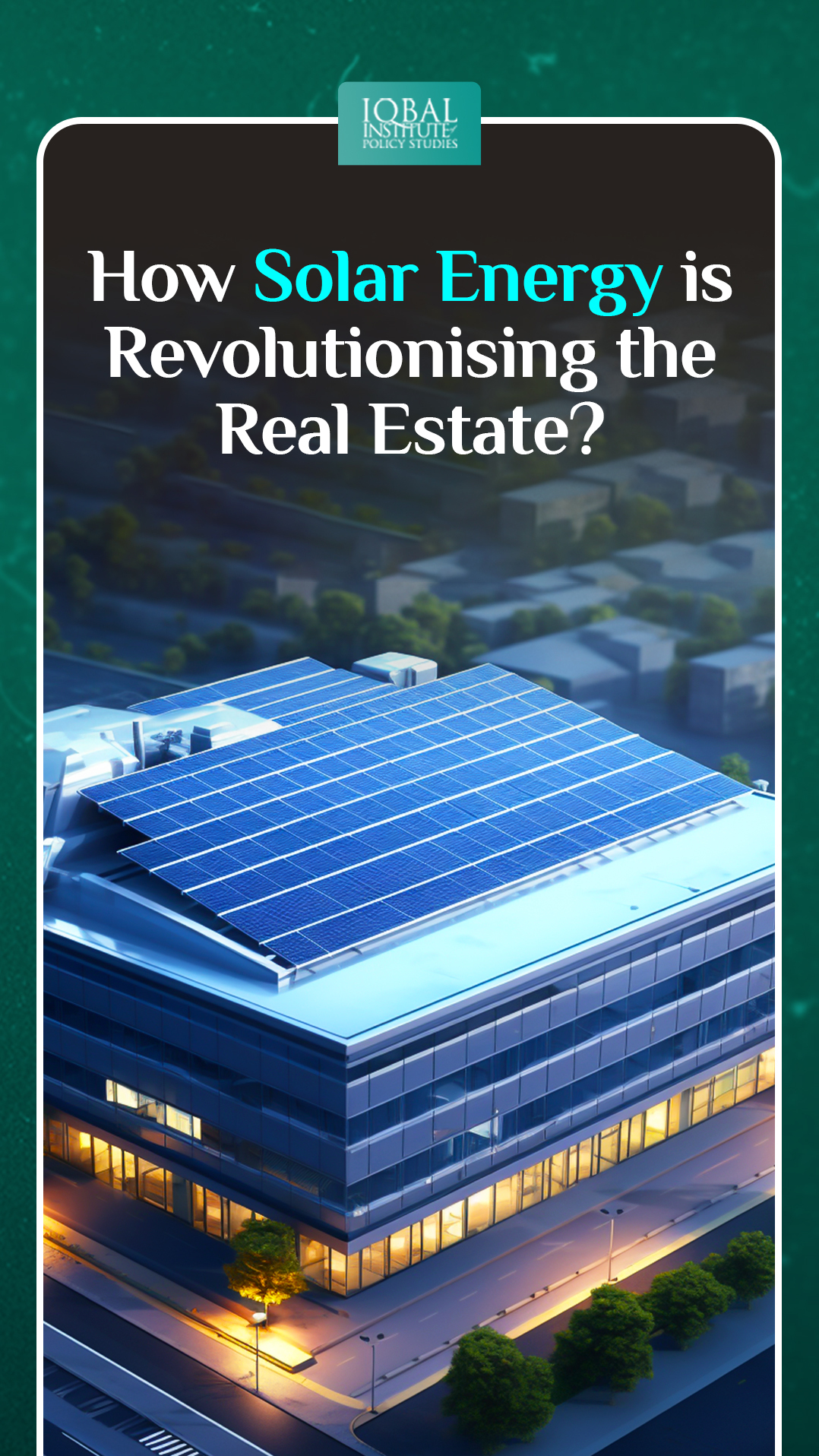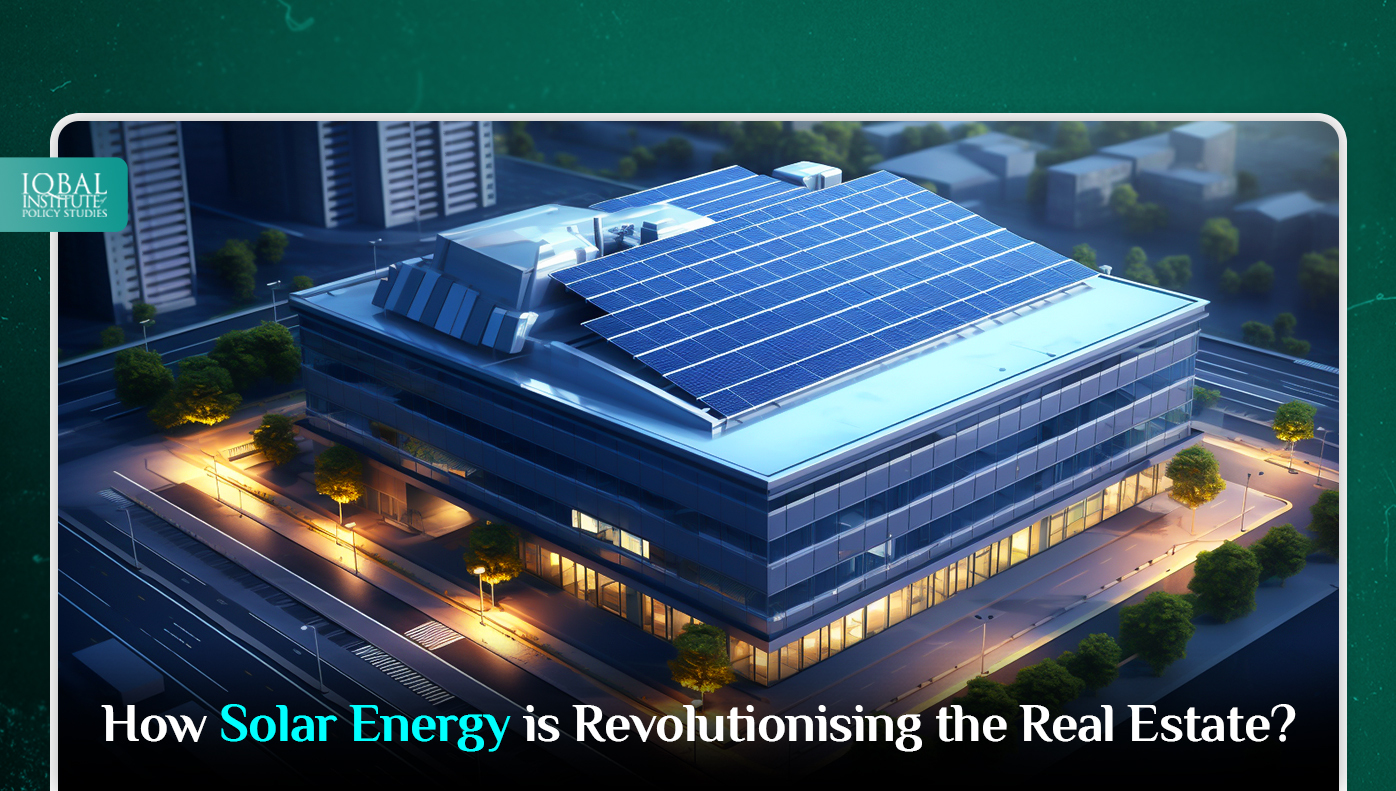Solar power has emerged as a game changer in real estate. In an era of increasing environmental awareness and the urgent need to transition to sustainable energy sources, solar power is propelling the real estate industry into a new eco-conscious era. It provides homeowners and communities with a sustainable and clean energy alternative. This energy provides commercial real estate (CRE) property owners and managers with a unique potential to increase cash flow by lowering utility costs, raising rents, and enhancing common areas maintenance (CAM) reimbursements. Moreover, the market is ripe for tenants and inhabitants who want to use renewable energy sources. Hence, real estate agents and appraisers are expanding their solar expertise and exploiting the premium-boosting power of a solar system when selling or refinancing their houses. This not only attracts a wide range of clients who are willing to pay extra for clean energy but also keeps renters, raises rents, and even saves costs for companies and households. In short, solar power in real estate has become a beacon of hope, offering many benefits to homeowners and communities alike.
Ways Solar Power is Transforming Real Estate into Sustainable Future
Solar Power for Residential Properties
Solar panels installed on residential rooftops have become common in many communities. Homeowners are increasingly investing in solar PV systems to generate their electricity, reducing their reliance on fossil fuels and lowering their energy expenses. By utilising net metering, homeowners can even sell excess energy back to the grid, further enhancing the financial benefits of solar energy.
Commercial and Industrial Solar Projects
Beyond residential properties, commercial and industrial sectors have also embraced solar energy. Corporations and businesses are integrating solar power into their operations to decrease carbon emissions and demonstrate environmental responsibility. Large-scale solar projects on industrial buildings and warehouses have become more prevalent, providing sustainable energy solutions for businesses and reducing their long-term energy costs.
The Environmental Advantages of Solar Power in Real Estate
One of the most compelling reasons for integrating solar power into real estate is its positive environmental impact. Solar energy is a clean and renewable resource, significantly reducing greenhouse gas emissions and air pollution associated with traditional fossil fuel-based energy generation. Moreover, using solar power in real estate drastically reduces the emission of greenhouse gases, such as carbon dioxide, methane, and nitrous oxide. By displacing electricity from coal or natural gas, solar energy helps combat climate change and contributes to a greener and more sustainable future.
Energy Independence and Security
Harnessing solar power allows homeowners and communities to become less dependent on external energy sources, providing a sense of energy security. Reducing reliance on centralised power grids also increases resilience during power outages or natural disasters, as solar panels can continue generating electricity even in adverse conditions.
Long-Term Cost Savings
One of the most attractive aspects of solar energy for homeowners is its potential for long-term cost savings. While the initial installation costs of solar panels can be substantial, the investment pays off over time as homeowners witness reduced or even eliminated electricity bills. Many homeowners recover their initial investment within a few years and enjoy free electricity for decades.
Increased Property Value
Solar-equipped properties often command higher resale values, as prospective buyers are drawn to homes with reduced operating costs and a commitment to sustainability. Studies have shown that solar installations can add value to a property, making it a wise investment for homeowners planning to sell in the future.
Designing Sustainable Solar Communities
Solar communities are designed with sustainable living in mind. They incorporate energy-efficient building practices, maximise solar exposure, and integrate communal solar arrays to generate power for the entire neighborhood. These projects foster a sense of community and collaboration while significantly reducing the carbon footprint of residents.
What are the Drawbacks?
Initial Investment and Financing
The initial cost of installing solar panels can be a significant barrier for some homeowners and communities. Access to affordable financing options and government incentives can play a pivotal role in encouraging solar adoption and overcoming financial constraints.
Regulatory Hurdles and Zoning Laws
Navigating local regulations and zoning laws can be cumbersome for homeowners and real estate developers looking to install solar panels. Streamlining these processes and providing clearer guidelines can facilitate the widespread adoption of solar energy in the real estate sector.
Weather Dependence
Solar energy generation is weather-dependent, relying on sunlight to produce electricity. During cloudy days or in regions with limited sunlight, solar panels may be less efficient, potentially impacting overall energy production.
Space Constraints
Solar panel installation requires adequate rooftop space or land area. In densely populated urban areas, homeowners may need help finding suitable locations for solar panels, limiting their adoption.
Environmental Impact of Solar Production
The manufacturing process of solar panels involves certain materials and chemicals that can have negative consequences if not managed properly.
Limited Energy Storage
While solar energy can be harnessed during the day, without energy storage solutions, excess energy cannot be stored for use during nighttime or cloudy periods. Battery storage solutions, while available, add extra costs to the overall system.
Conclusion
Solar power in real estate represents an incredible opportunity to revolutionise how we create and consume energy, encouraging a more sustainable and environmentally friendly future for future generations. Solar energy integration in homes and communities will continue to rise as solar technology advances, installation costs fall, and environmental consciousness grows. As solar energy becomes more prevalent in real estate development, we can expect better air, lower carbon emissions, and financial benefits for homes and communities. We pave the road for a more resilient, sustainable, and ecologically conscious society by adopting solar electricity.
This article is written by Haneen Gul. Haneen is a research analyst at the Iqbal Institute of Policy Studies (IIPS).



Leave a Reply